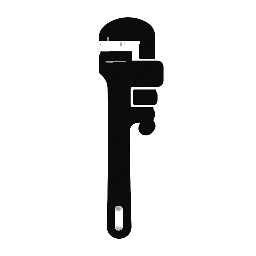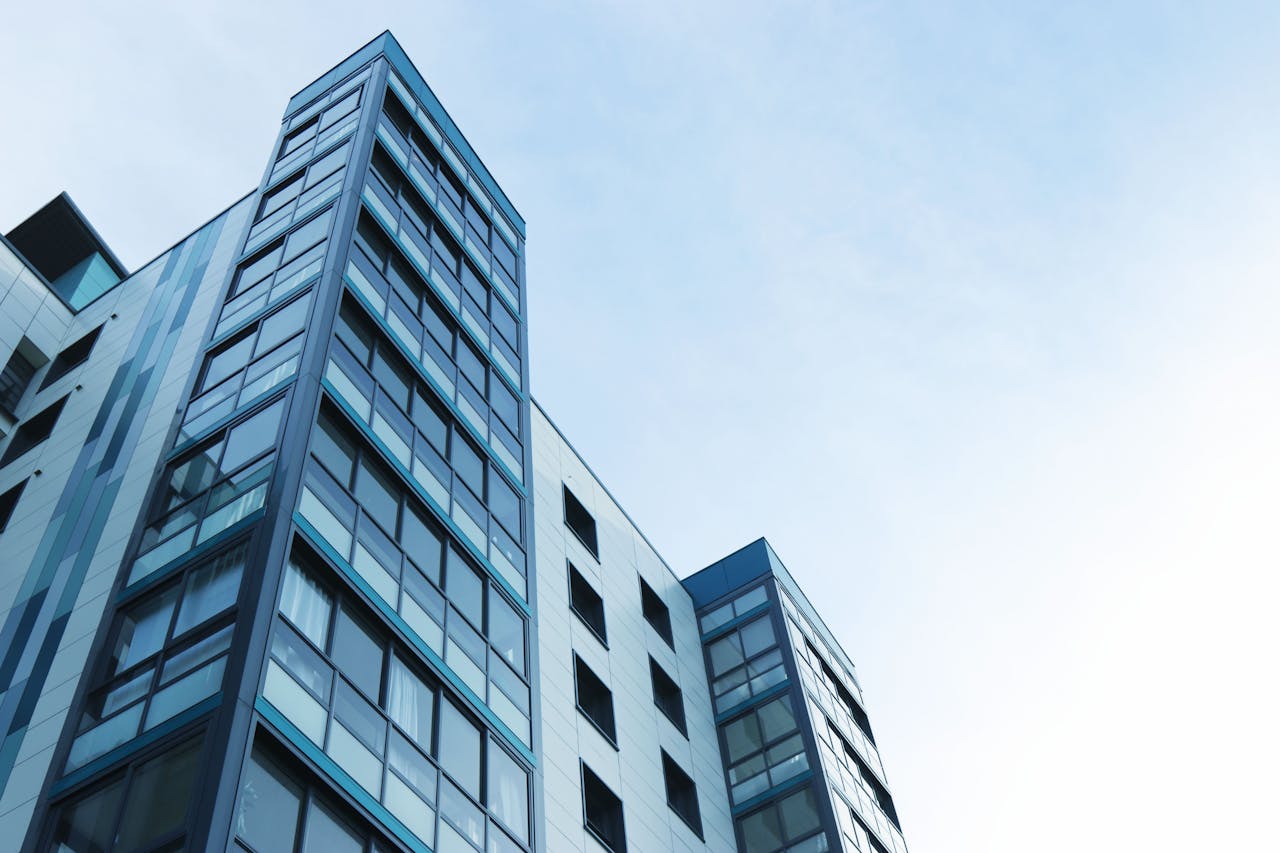Experiencing a sudden lack of hot water in your apartment can be incredibly frustrating. From cold showers to unwashed dishes, it disrupts daily life. Before you panic and call your landlord, there are several common issues you can investigate yourself. This comprehensive guide will walk you through the most frequent culprits behind a cold water surprise, helping you identify and potentially resolve the problem quickly.
Why is There No Hot Water? Understanding the Basics
Hot water in most apartment units is supplied by one of two main systems:
- Individual Water Heater: A dedicated water heater (electric or gas) located within or very close to your unit.
- Centralized Boiler System: Hot water is produced by a large boiler system that serves multiple units in the building.
Knowing which system your apartment uses can help narrow down the possibilities. If you’re unsure, check your lease agreement, ask your landlord, or look for a dedicated water heater closet in your unit.
Step-by-Step Troubleshooting: Individual Water Heater
If your apartment has its own water heater, follow these steps:
1. Check for Power (Electric Water Heaters)
This is the most common and easiest issue to fix.
- The Circuit Breaker: Go to your apartment’s electrical panel (usually in a closet, utility room, or near the entrance). Look for a breaker labeled “Water Heater,” “Hot Water,” or a large double-pole breaker (two switches connected). If it’s in the “off” position or tripped (often halfway between ON and OFF), flip it firmly to “OFF” and then back to “ON.”
- Reset Button: Many electric water heaters have a red reset button, often located near the thermostat access panels. You might need to remove a small cover to find it. Press it firmly. If it pops out again immediately, there’s a more serious electrical issue, and you’ll need professional help.
2. Check for Gas Supply (Gas Water Heaters)
If you have a gas water heater, ensure it’s receiving gas.
- Pilot Light: If your water heater is an older model, it might have a pilot light. Check if it’s lit. If not, follow the instructions on the water heater’s label to relight it. This usually involves turning a knob to “Pilot,” pressing and holding it while igniting with a button or lighter, then turning to “On.”
- Gas Valve: Ensure the gas shut-off valve on the gas line leading to the water heater is fully open (handle parallel to the pipe).
- Other Gas Appliances: Are other gas appliances in your apartment (stove, furnace) working? If not, there might be a building-wide gas issue or an unpaid gas bill. Contact your gas provider or landlord.
3. Inspect the Thermostat Settings
Someone might have accidentally (or intentionally) turned down the thermostat on your water heater.
- Accessing the Thermostat: For electric water heaters, you’ll likely need to remove two small access panels on the side of the tank (one near the top, one near the bottom). Underneath, you’ll find the thermostats. For gas water heaters, the thermostat dial is usually on the outside near the bottom.
- Adjusting Temperature: The recommended temperature setting is typically around 120°F (49°C) to prevent scalding while still providing enough hot water. If it’s set too low, turn it up gradually and wait a few hours for the water to heat.
4. Consider Tank Size and Hot Water Demand
If you only get hot water for a short period, then it goes cold, your water heater might be undersized for your needs, or you’ve simply used up all the hot water.
- Recovery Rate: Water heaters take time to reheat a full tank of water. If multiple people are showering consecutively, or you’re running the dishwasher and laundry simultaneously, you might be exceeding its recovery rate.
- Conservation: Try to space out hot water usage, take shorter showers, and run appliances during off-peak times.
5. Sediment Buildup (Older Water Heaters)
Over time, mineral deposits and sediment can accumulate at the bottom of the water heater tank. This reduces efficiency and can sometimes lead to reduced hot water capacity.
- Flushing the Tank: While typically a landlord’s responsibility, if you’re handy and your lease allows, you can drain and flush the water heater. This involves turning off the power/gas, connecting a hose to the drain valve, and opening the cold water inlet to flush out sediment. Be cautious, as this can be a messy process.
Step-by-Step Troubleshooting: Centralized Boiler System
If your hot water comes from a building-wide system, your troubleshooting steps are more limited, but still important.
1. Ask Your Neighbors
This is the quickest way to determine if the issue is isolated to your unit or affects the entire building.
- Building-Wide Outage: If your neighbors also have no hot water, it’s almost certainly a problem with the building’s central boiler system.
2. Check for Leaks
While less common, a significant hot water pipe leak in your unit (or shared walls) could lead to a rapid loss of hot water pressure or supply. Look for damp spots, dripping sounds, or visible water damage.
3. Is it Only Hot Water?
If you have no water pressure at all (hot or cold), the issue is with your building’s main water supply, not just hot water. This could be due to maintenance, a burst pipe, or a municipal issue.
When to Call Your Landlord or Maintenance
You’ve done your due diligence, but still no hot water? It’s time to contact your landlord or building management. Provide them with as much information as possible, including:
- What you’ve already tried: (e.g., “I checked the circuit breaker, and it wasn’t tripped.”)
- The specific symptoms: (e.g., “Completely cold water,” “Hot water for 2 minutes then cold,” “Only in the bathroom sink.”)
- If neighbors are affected: (e.g., “My upstairs neighbor also has no hot water.”)
- Any unusual noises or smells: (e.g., “I hear a strange humming from the water heater.”)
Do NOT attempt:
- Major repairs on the water heater or gas lines.
- Anything that involves specialized tools or knowledge if you are not qualified.
- Modifying building-wide systems.
Preventing Future Hot Water Headaches
While some issues are unavoidable, you can take steps to minimize hot water problems:
- Report Issues Promptly: Don’t let small problems escalate.
- Understand Your System: Know if you have an individual unit or a centralized system.
- Conserve Hot Water: This not only saves energy but also reduces strain on your water heater.
- Regular Maintenance (Landlord’s Responsibility): Ensure your landlord is performing annual maintenance on the water heater (flushing, checking anode rod) or the central boiler system.
Conclusion
A lack of hot water in your apartment is inconvenient, but by systematically troubleshooting common issues, you can often identify the problem yourself. Remember to prioritize safety, especially when dealing with electricity or gas. When in doubt, or if the problem persists, always defer to your landlord or a qualified professional.


Leave a Reply